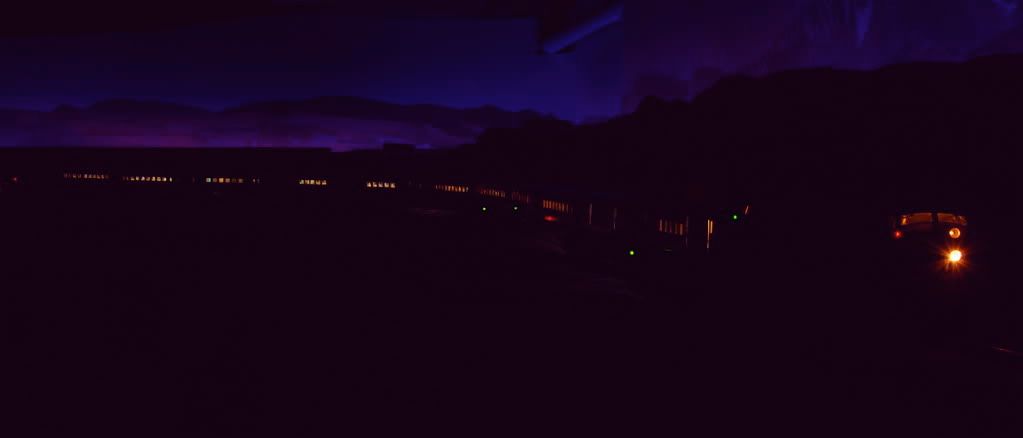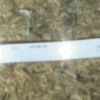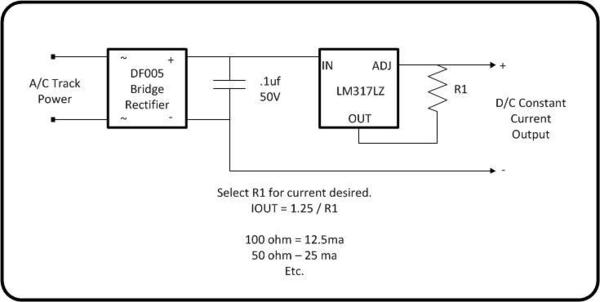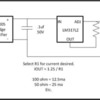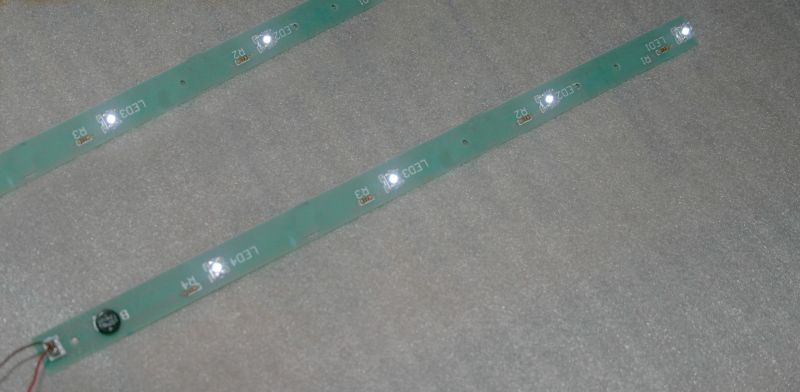GGG
This was discussed a while ago on the Forum. Jack does fine work ,however his boards are not constant voltage lighting desired by conventional operators. 20 ma LEDs can be dimmed down to a point by simply using larger resistors than the minimum value needed to protect it. Current draw will reduce also.
The big criticism of LEDs when they originally came out were that
1, they were too dim
2 They were directional points of light
3 They put out an unrealistic bluish cast.
Many modern LEDs do not have these problems. The LEDs I use are as bright as original light bulbs. View angle is 140 degrees similar to a light bulb with a reflector. The warm white ones put out a spectrum close to that of an incandescent bulb.
I am a toy train guy who runs conventional so I make my LEDs bright and run them at 20 ma with a CV circuit. Mine use a bit over 1 watt per car. A command circuit at full brightness would use about 1/3 watt per car. However they can be dimmed as described and would pull less current for those desiring that. The current pull really is a non issue when using LEDs. Even with a CV circuit an 8 car set pulls about 8 watts. If it pulled only 1/2 watt it is not a big deal. Passenger cars sets with bulbs could pull almost 100 watts depending on model.
Jack does fine work and I am not knocking it at all. The advantage of DYI is that you can make them the way you want, make custom shapes and they are much cheaper. See the caboose circuit I linked earlier if interested.
The hardest part for me is getting the #$%^& car apart. After you do a few you can convert a set in an evening.
Here is a link to a long discussion on Jack's boards. He does not provide a schematic or parts used. However there is a lot of information on different approaches by people doing it themselves.
https://ogrforum.ogaugerr.com/t...er-car-lighting-kits
Dale H





